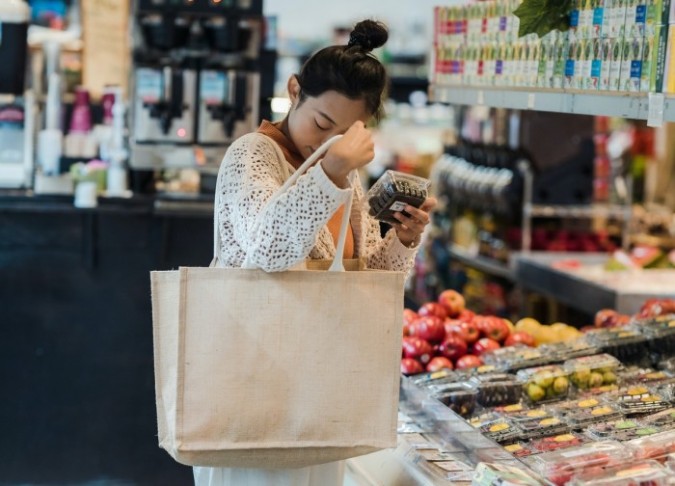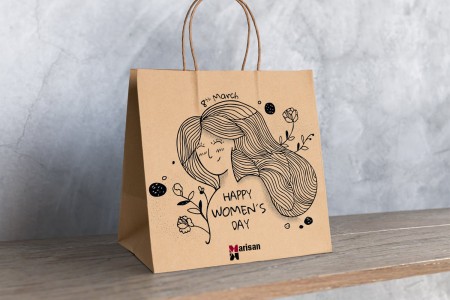Investigated : the environmental impact of shopping bags
The ban on single-use plastic bags
Since 2019, single-use plastic bags have been banned in Belgium because they are harmful to the environment. But it doesn’t stop there. In September 2021, a new royal decree was approved : a complete ban on plastic shopping bags between 20 and 60mµ (with some exceptions). These plastic bags will also no longer be allowed to be offered for a small fee. The consequence of both decisions? A lot of alternative carrier bags will come on the market. Think about the paper carrier bags, cotton tote bags or trolleys. But which carrier bag is actually the greenest? “Test Aankoop” went on an investigation and came back with a surprising winner.

Investigating the environmental impact of different shopping bags
Assessing the environmental impact of grocery bags, how do you start? Test Aankoop collected no less than 96 samples of grocery bags and analyzed their life cycle (LCA). Thereby they determined the ecological footprint of 9 types of bags throughout the whole process : from the extraction of raw materials from which the bag is made, through the manufacturing (printing, country of origin, transport...) to the final recycling or disposal. The most relevant factors for the ecological footprint were taken into account, e.g. human toxicity, fresh water ecotoxicity and water consumption.
Then, each bag was subjected to the same, specific scenario : traveling a route with 10 kg / 20 l of groceries (with one or two bags depending on the volume). The bag with the smallest footprint was then used as a benchmark. "From this we made a comparison based on how often you need to use the bag to neutralize its environmental impact," explains Simon November from Test Aankoop in Het Nieuwsblad.
A surprising winner
"The results are quite unexpected," says Simon November of Test Aankoop in Het Nieuwsblad. "As a consumer, you would think that a cotton bag or a trolley would be more durable, but that's only true if you really use them a lot." The best student in the class? The LDPE (low-density polyethylene) bags, the familiar plastic bags you can buy at the checkout. It is enough to use them once or twice to offset the ecological impact. The shopping bag made of reusable and compostable plastic should be used at least twice, but other types of plastic also come off quite well. The light and practical polyester you use at least 2 to 3 times and the stronger polypropylene is already "green" after 3 to 4 uses. The brown paper bag needs to be used at least 8 times to neutralize its environmental impact, the jute bag 36 to 68 times and the cotton bag needs to be used no less than 104 times while shopping. The worst student in the class? Strange but true, the trolley. The manufacture of a trolley requires metal and plastic, which greatly increases its footprint. To compensate the trolley's environmental impact, you have to use it 709 times while shopping.
Are you currently using a shopping bag that does not score so well in the ranking? Be sure not to throw them away. The most sustainable advice still remains: use what you have at home and use the carrying bag until it is completely worn out. This is the only way to get the most out of our bags and provide the best service to the environment.
Source : Test Aankoop

Stay up-to-date
- Advice, tips & tricks
- Latest packaging cases
- Marisan facts